Early 17th century
Portrait of the alchemist Geber (Arab alchemist who lived in the 8th century)
Oil on panel
41 x 33 cm
In antique frame 51 x 43 cm
The work belongs to a series of three paintings, together with portraits of the alchemists Hermes Trismegistus (link) and Morieno Romano (link).
The painting depicts an alchemist, an ancient figure who has always been shrouded in fascination and mystery due to his perfect blend of science and esotericism, who sought to achieve omniscience, or the highest level of knowledge in all fields of learning. Among the great goals of alchemy was the search for the elixir of eternal life or the transformation of base metals into gold, a practice that was believed to be achievable through the “philosopher's stone”.
The alchemist, with his secret practices and knowledge, is therefore a figure described as straddling the line between scholar and magician, capable of extraordinary transformations, well represented here by a Mannerist painter, presumably Flemish, active between the 16th and 17th centuries.
In our case, it is, in particular, the portrait of Geber (Jabir ibn Hayyan), born in 722 AD, a legendary figure known as the greatest medieval Islamic alchemist and considered the founder of Persian alchemy and modern chemistry, who was credited with transforming it from a practice linked to magic to an empirical one, very similar to modern chemistry.
His figure is juxtaposed here with the white swan, majestic and serene, a symbolic animal in alchemy, as alchemists found in the animal's whiteness and shape both sunlight, synonymous with masculine nature, and moonlight, an image of femininity.
The interaction between the alchemist and the swan is a powerful symbol of balance and harmony between science and nature, while the parchment represents the relentless search for truth and wisdom, a journey that winds through the mysteries of the universe.
The subject is inspired by the frontispiece of the alchemical treatise “Basilica chymica” (1608) by Oswald Croll (Wetter, 1560 – Prague, 1609), a German alchemist and physician to Emperor Rudolf II, which depicts the most famous alchemists in history and arcane formulas inserted into geometric symbols.
Detail of the cover of the alchemical treatise “Basilica chymica” (1608) written by Oswald Croll (Wetter, 1560 – Prague, 1609)
https://pt.m.wikipedia.org/wiki/Ficheiro:Hermes_Trismegistus_illustration_Wellcome_L0016507.jpg
ADDITIONAL INFORMATION:
The painting is sold complete with an antique frame and comes with a certificate of authenticity and a descriptive iconographic card.
We take care of and organise the transport of purchased works, both in Italy and abroad, through professional and insured carriers.
If you would like to see this or other works in person, we would be delighted to welcome you to our new gallery in Riva del Garda, at Viale Giuseppe Canella 18. We look forward to seeing you!
Please contact us for any information or to arrange a visit, we will be happy to assist you.
Follow us on:
https://www.instagram.com/galleriacastelbarco/?hl=it
https://www.facebook.com/galleriacastelbarco/



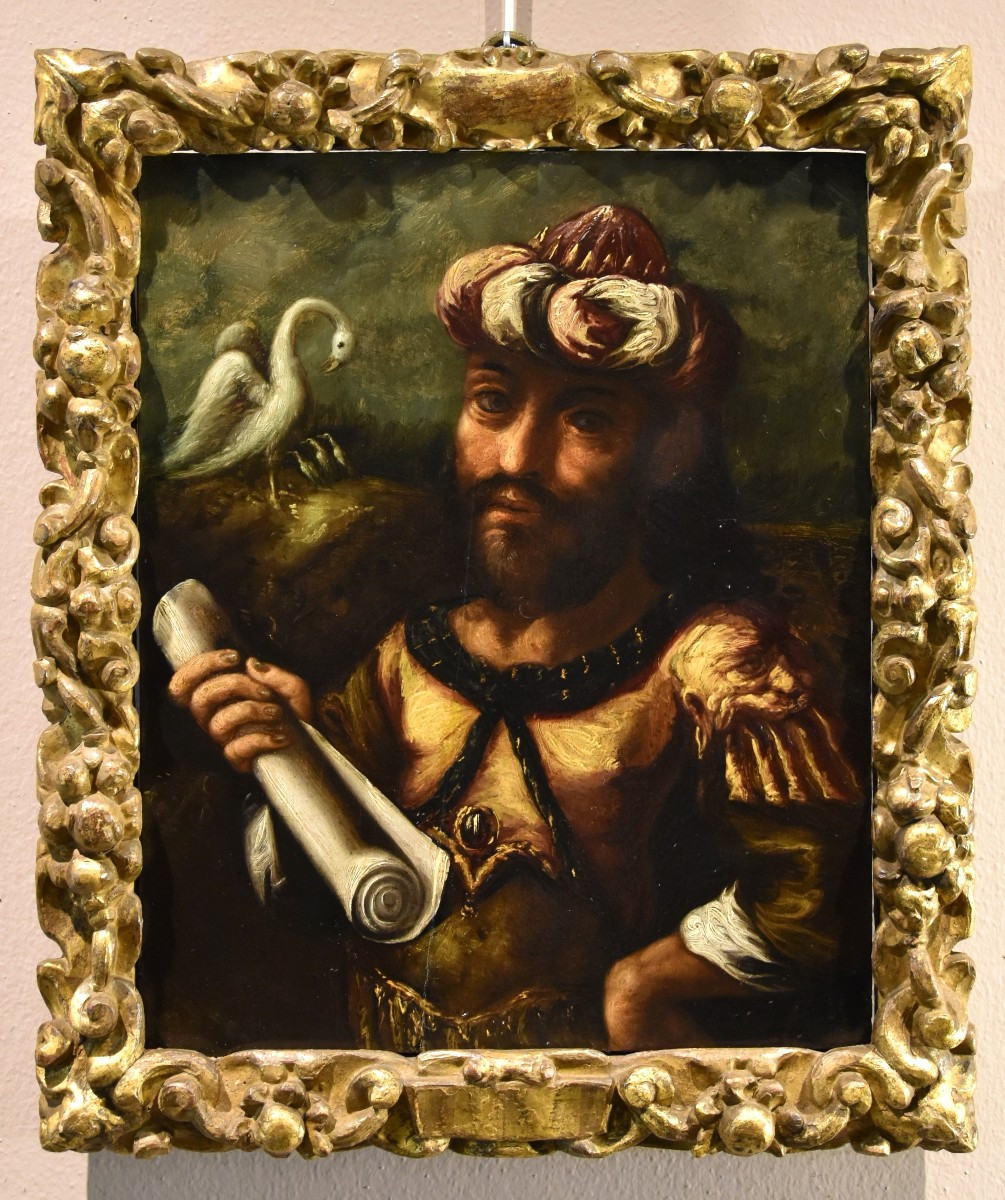
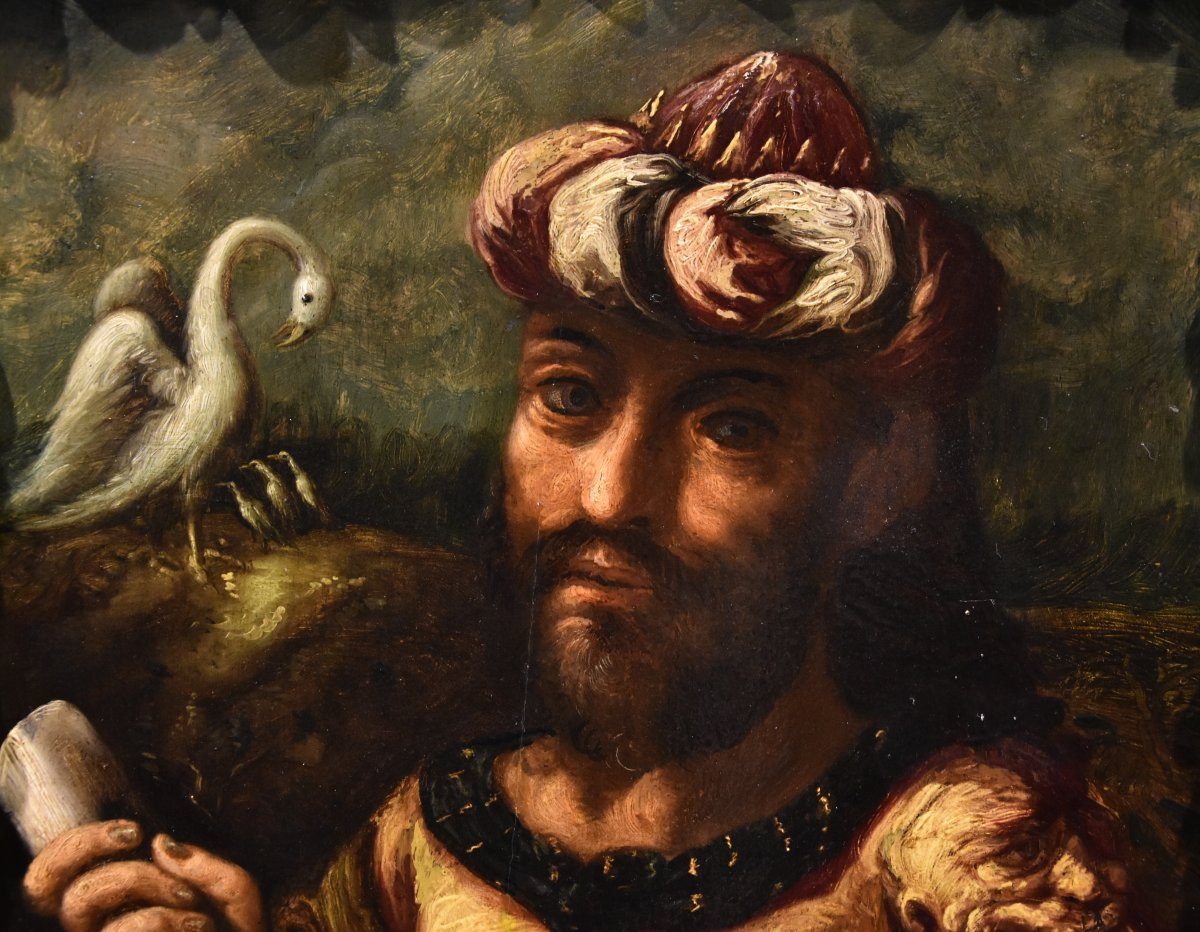
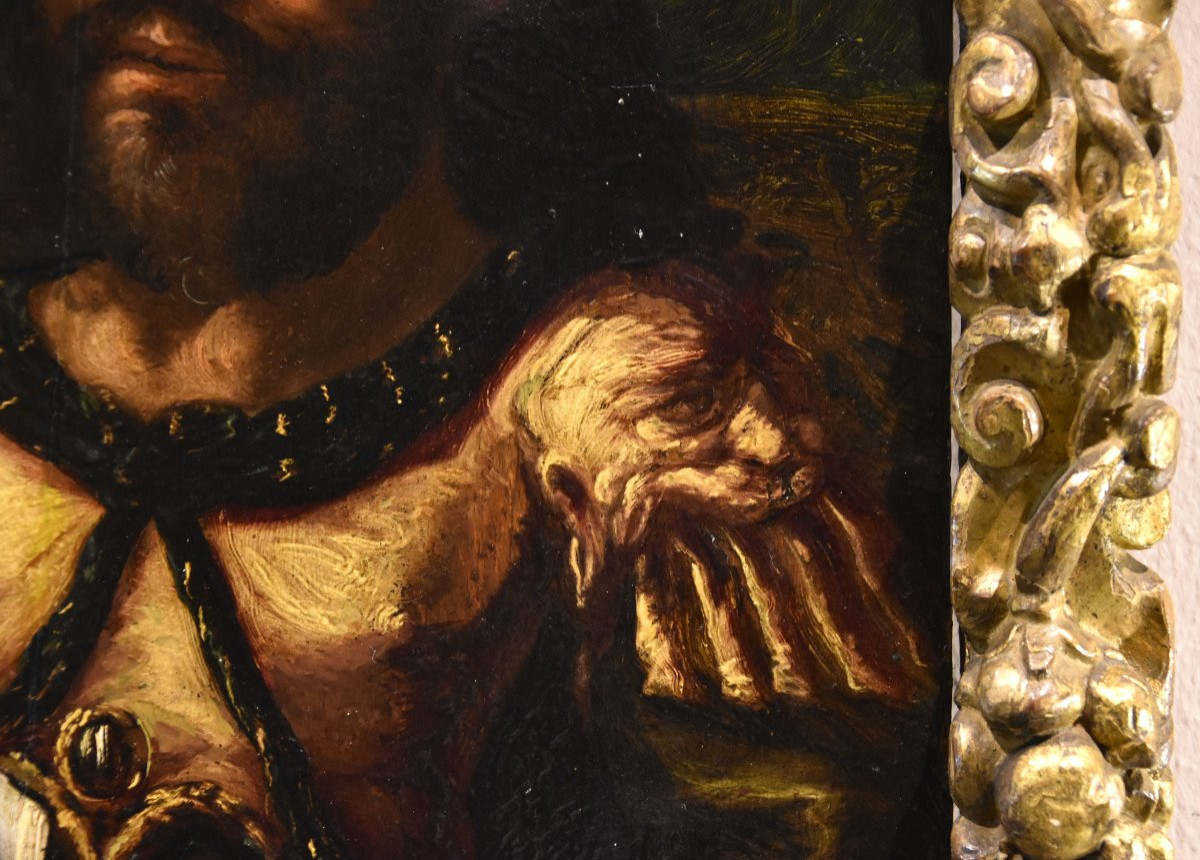

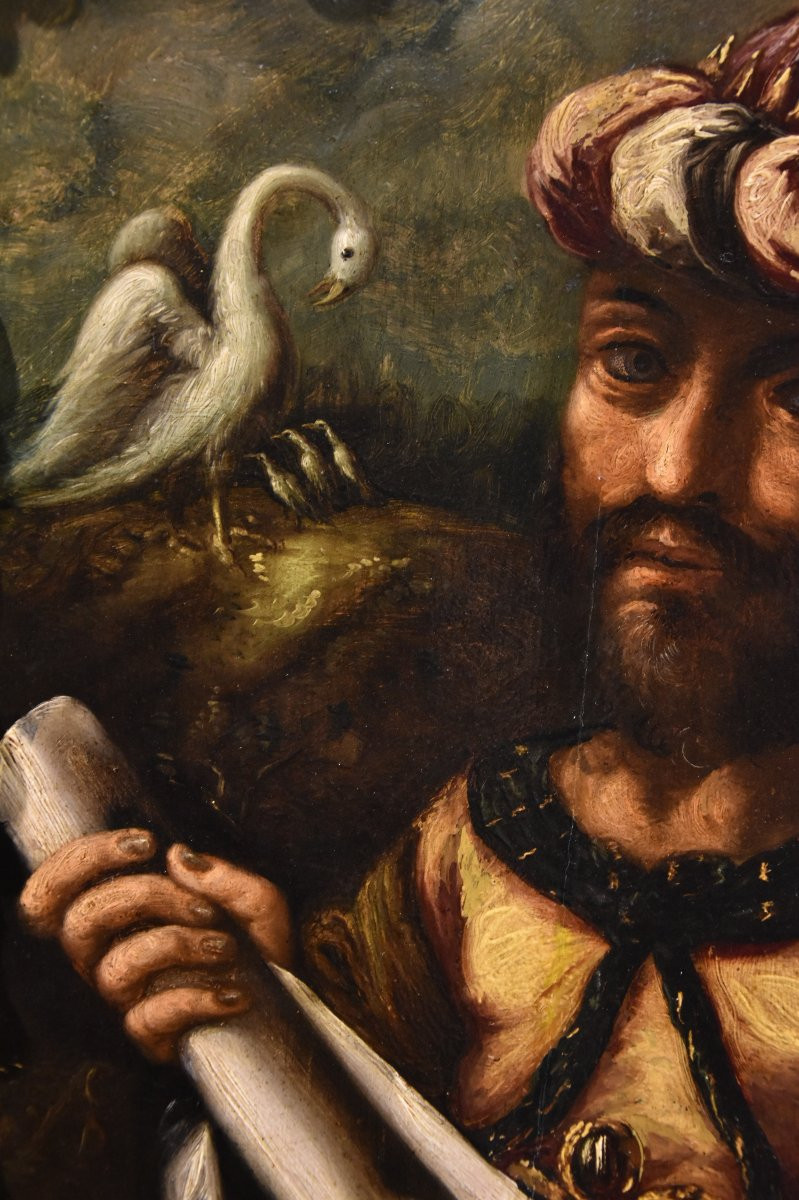
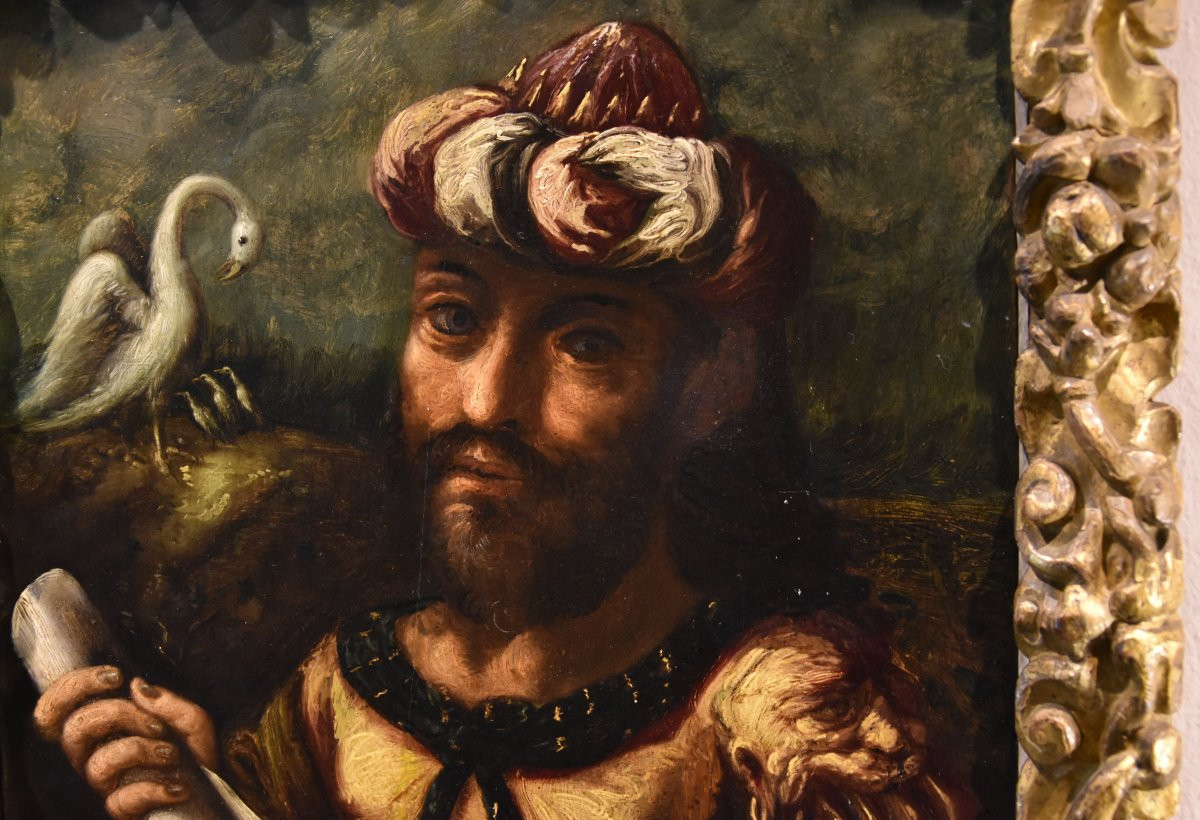
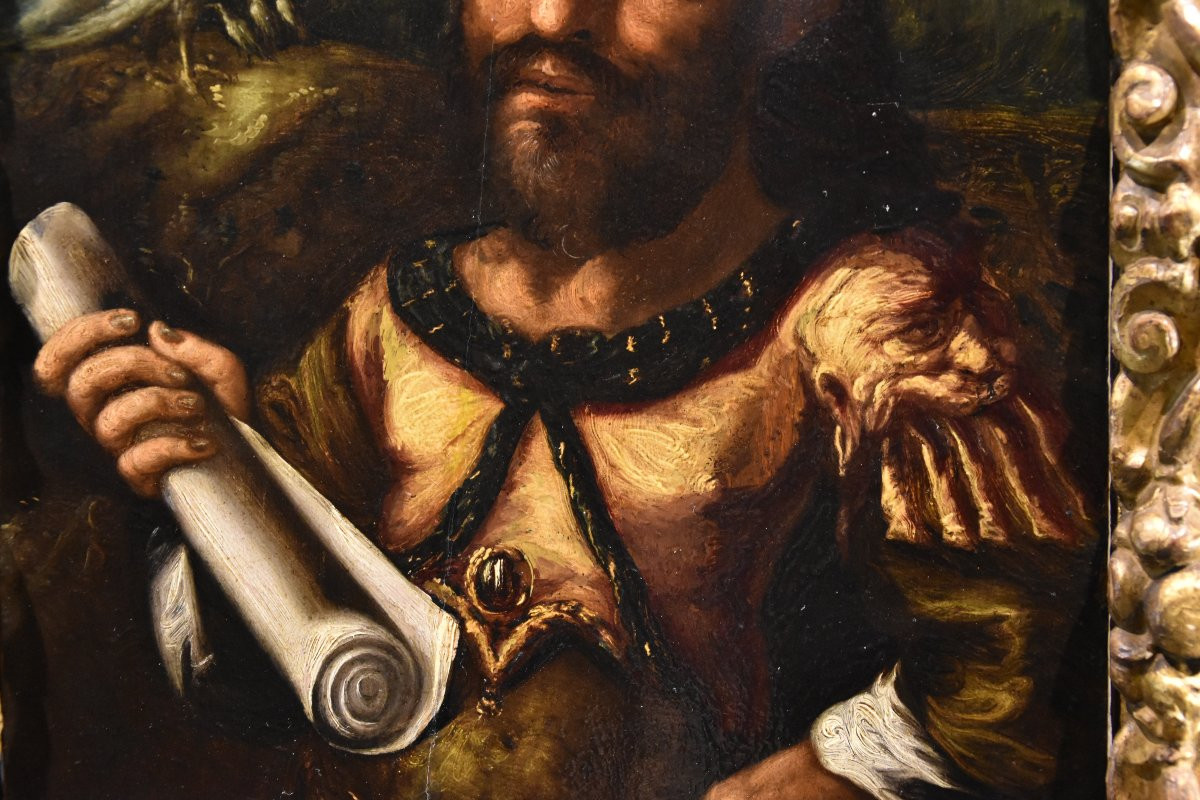
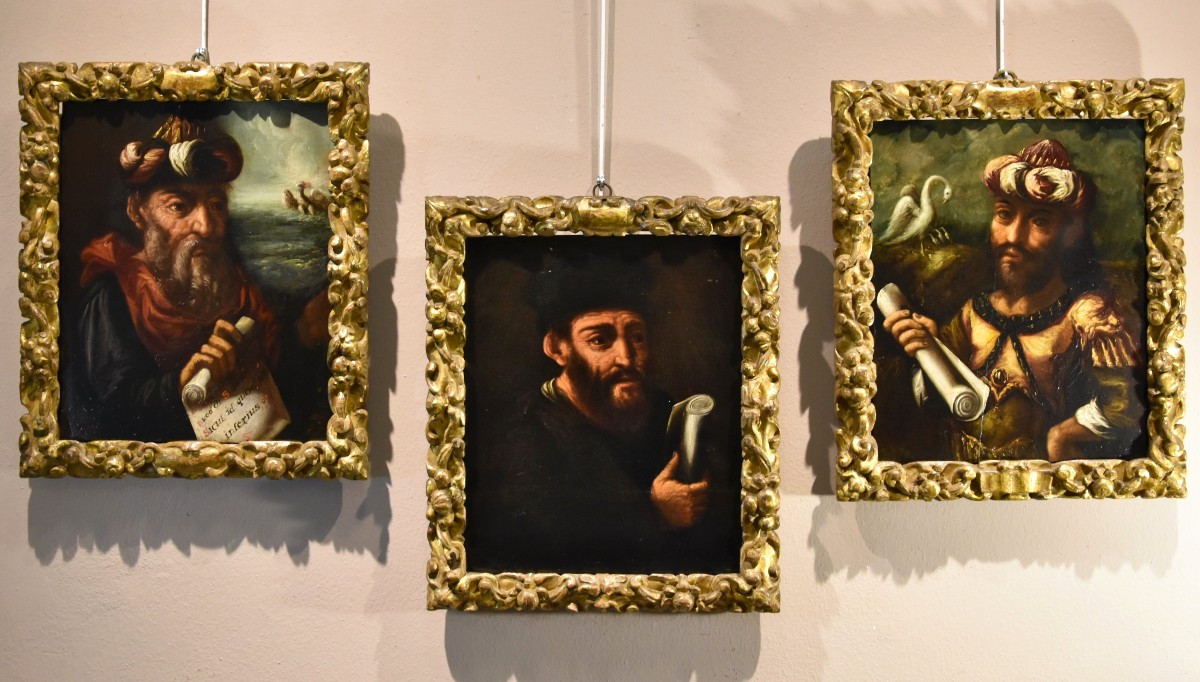

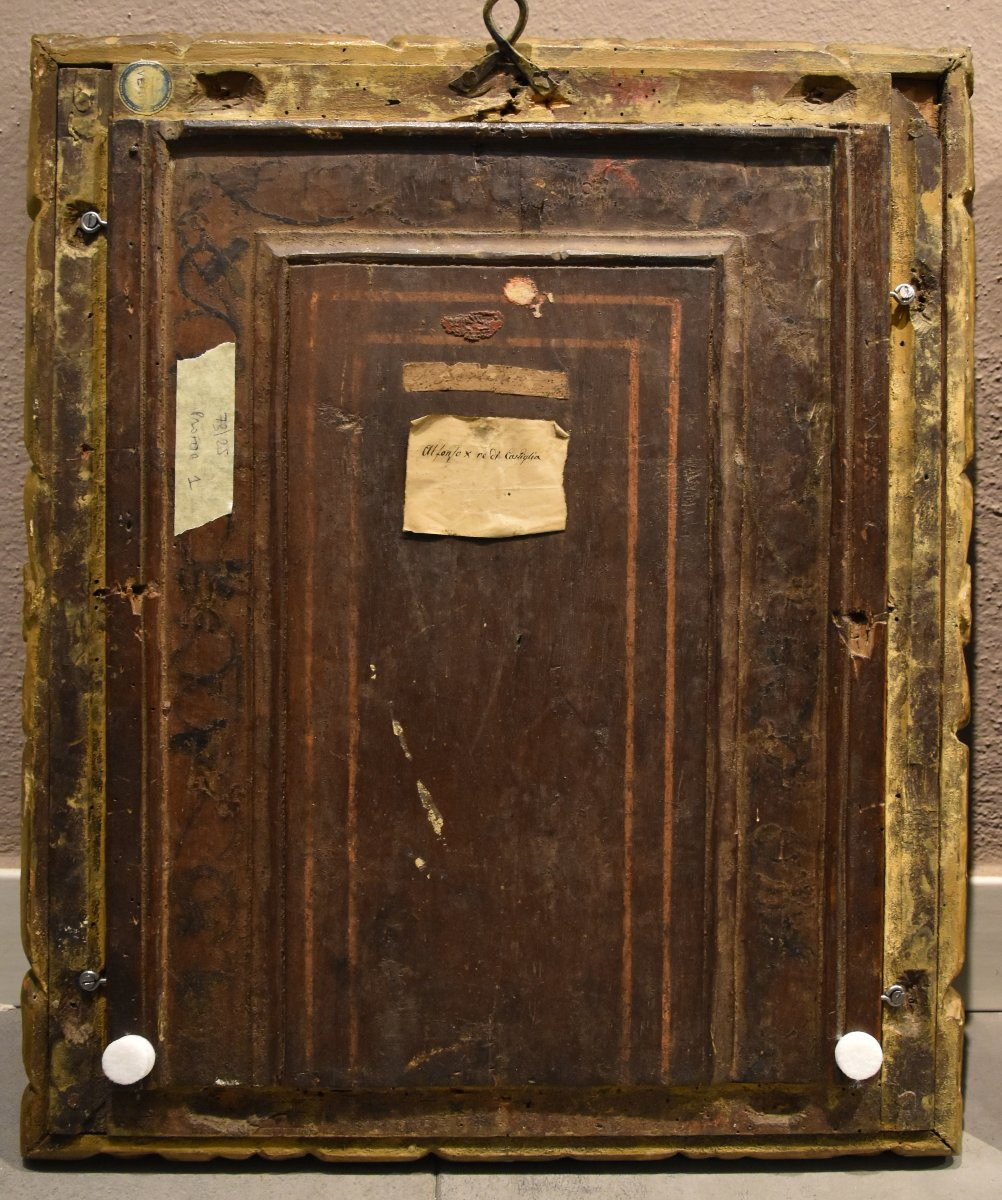








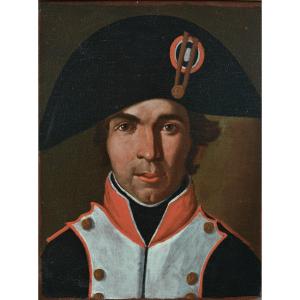
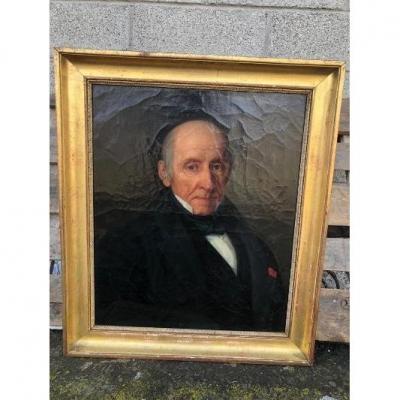

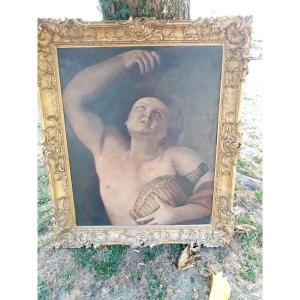





 Le Magazine de PROANTIC
Le Magazine de PROANTIC TRÉSORS Magazine
TRÉSORS Magazine Rivista Artiquariato
Rivista Artiquariato
